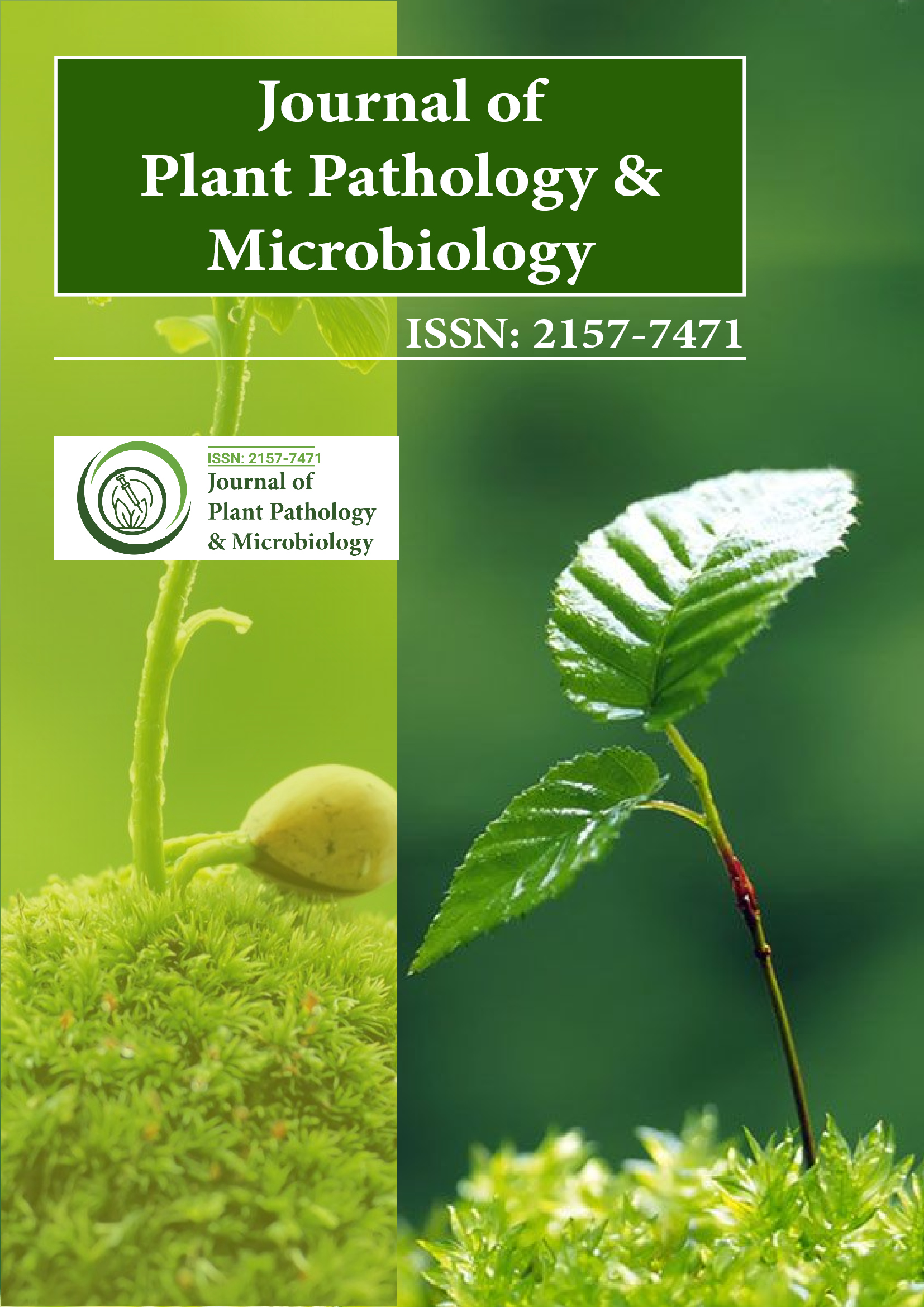Индексировано в
- Open J Gate
- Журнал GenamicsSeek
- Академические ключи
- ЖурналTOCs
- CiteFactor
- Справочник периодических изданий Ульриха
- Доступ к глобальным онлайн-исследованиям в области сельского хозяйства (AGORA)
- Библиотека электронных журналов
- Международный центр сельского хозяйства и биологических наук (CABI)
- RefSeek
- Справочник индексации исследовательских журналов (DRJI)
- Университет Хамдарда
- ЭБСКО АЗ
- OCLC- WorldCat
- Ученый
- Интернет-каталог SWB
- Виртуальная биологическая библиотека (вифабио)
- Паблоны
- Женевский фонд медицинского образования и исследований
- Евро Паб
- Google Scholar
Полезные ссылки
Поделиться этой страницей
Флаер журнала

Журналы открытого доступа
- Биоинформатика и системная биология
- Биохимия
- Ветеринарные науки
- Генетика и молекулярная биология
- Еда и питание
- Иммунология и микробиология
- Инжиниринг
- Клинические науки
- Материаловедение
- медицинские науки
- Науки об окружающей среде
- Неврология и психология
- Общая наука
- Сельское хозяйство и аквакультура
- Сестринское дело и здравоохранение
- Управление бизнесом
- Фармацевтические науки
- Химия
Абстрактный
Diospyros cuneata Ингибирование Fusarium oxysporum : водный экстракт и его инкапсуляция путем ионного гелеобразования
Руис-Руис Х.К., Пераса-Эчеверриа Л., Сото-Эрнандес Р.М., Сан-Мигель-Чавес Р., Перес-Брито Д., Тапиа-Тассел Р., Ортис-Васкес Э. и Родригес-Гарсия КМ.
Применение растительных экстрактов для борьбы с грибковыми патогенами сельскохозяйственных культур является экологической стратегией, которая потенциально может быть полезна в сельском хозяйстве. Водные экстракты некоторых видов рода Diospyros spp были испытаны против грибковых патогенов сельскохозяйственных культур. Тем не менее, нет никакой информации об ингибирующем эффекте водных экстрактов Diospyros cuneata на мицелиальный рост Fusarium oxysporum, патогена, ответственного за «панамскую болезнь» и «заболевание гниения стеблей ванили». Поэтому противогрибковая активность водных экстрактов листьев Diospyros cuneata, собранных в сухой и дождливый сезоны, была испытана in vitro против спор Fusarium oxysporum. Только водный экстракт из листьев, собранных в сухой сезон, оказал ингибирующее действие на мицелиальный рост бесполых спор (минимальная ингибирующая концентрация 2,5%). Фитохимический анализ показал, что оба водных экстракта содержали в основном флавоноиды и танины; хроматографический профиль показал большее обилие полярных соединений в экстракте сухого сезона. Кроме того, наблюдаемая противогрибковая активность, вероятно, коррелирует с обилием некоторых вторичных метаболитов, образующихся в результате водного стресса и условий сухого сезона. Биоактивность водных экстрактов листьев Diospyros cuneata может сохраняться и высвобождаться посредством инкапсуляции; эффективным примером этого было тестирование с использованием альгината-инулина для приготовления микрогранул методом ионного гелеобразования.